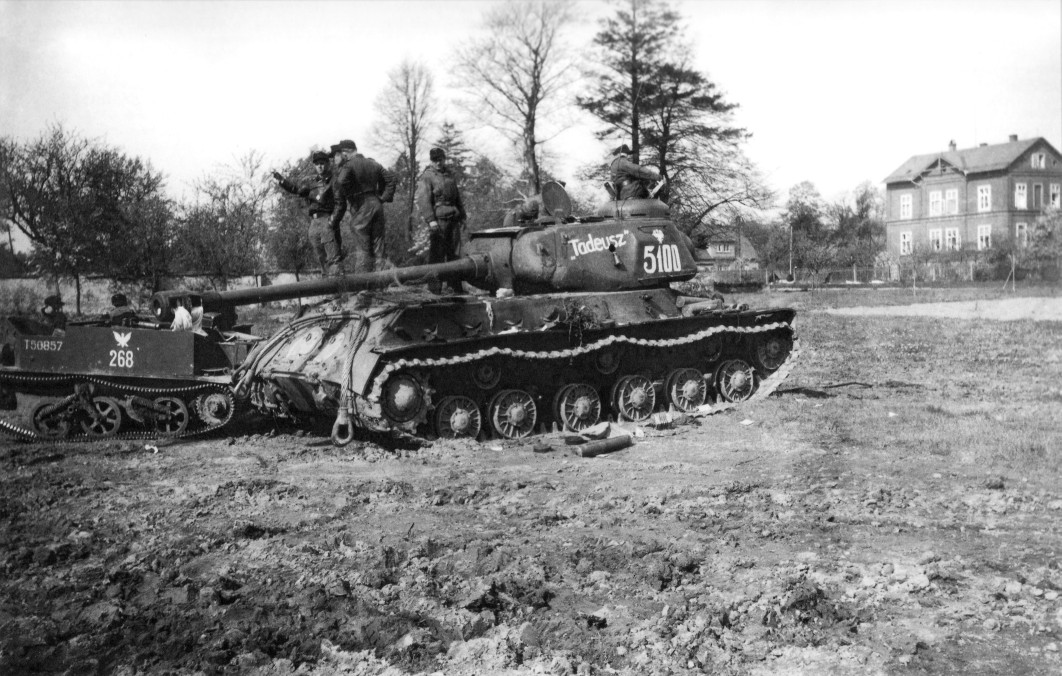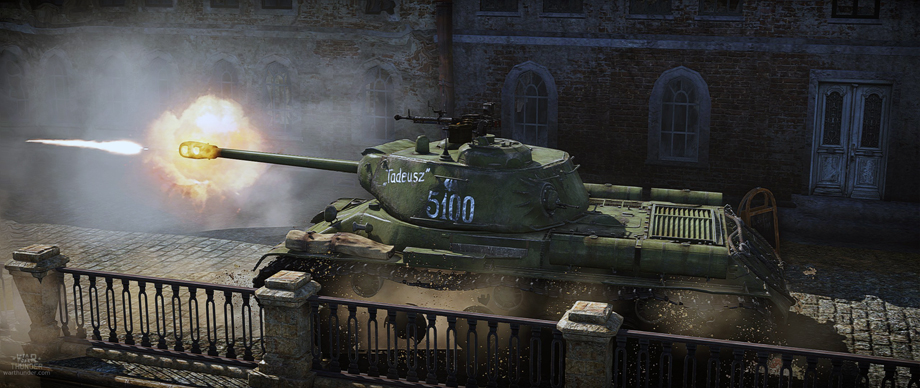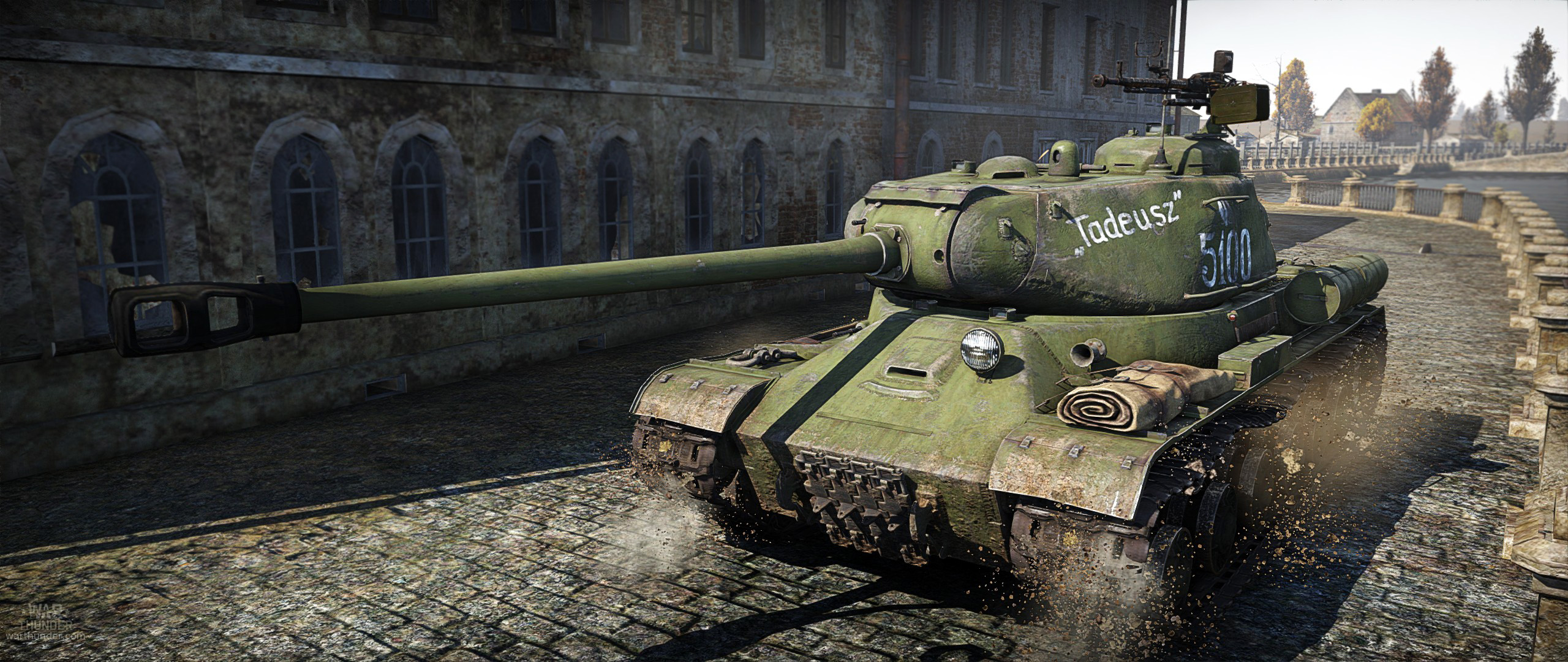
- For PC
- For MAC
- For Linux
- OS: Windows 7 SP1/8/10 (64 bit)
- Processor: Dual-Core 2.2 GHz
- Memory: 4GB
- Video Card: DirectX 10.1 level video card: AMD Radeon 77XX / NVIDIA GeForce GTX 660. The minimum supported resolution for the game is 720p.
- Network: Broadband Internet connection
- Hard Drive: 17 GB
- OS: Windows 10/11 (64 bit)
- Processor: Intel Core i5 or Ryzen 5 3600 and better
- Memory: 16 GB and more
- Video Card: DirectX 11 level video card or higher and drivers: Nvidia GeForce 1060 and higher, Radeon RX 570 and higher
- Network: Broadband Internet connection
- Hard Drive: 95 GB
- OS: Mac OS Big Sur 11.0 or newer
- Processor: Core i5, minimum 2.2GHz (Intel Xeon is not supported)
- Memory: 6 GB
- Video Card: Intel Iris Pro 5200 (Mac), or analog from AMD/Nvidia for Mac. Minimum supported resolution for the game is 720p with Metal support.
- Network: Broadband Internet connection
- Hard Drive: 17 GB
- OS: Mac OS Big Sur 11.0 or newer
- Processor: Core i7 (Intel Xeon is not supported)
- Memory: 8 GB
- Video Card: Radeon Vega II or higher with Metal support.
- Network: Broadband Internet connection
- Hard Drive: 95 GB
- OS: Most modern 64bit Linux distributions
- Processor: Dual-Core 2.4 GHz
- Memory: 4 GB
- Video Card: NVIDIA 660 with latest proprietary drivers (not older than 6 months) / similar AMD with latest proprietary drivers (not older than 6 months; the minimum supported resolution for the game is 720p) with Vulkan support.
- Network: Broadband Internet connection
- Hard Drive: 17 GB
- OS: Ubuntu 20.04 64bit
- Processor: Intel Core i7
- Memory: 16 GB
- Video Card: NVIDIA 1060 with latest proprietary drivers (not older than 6 months) / similar AMD (Radeon RX 570) with latest proprietary drivers (not older than 6 months) with Vulkan support.
- Network: Broadband Internet connection
- Hard Drive: 95 GB
IS-2 mod. 1944 from 1st Polish Armoured Corps, April 1945
camouflage created by RazNaRok | Download here
The 4th Heavy Tank Regiment of the People's Army of Poland was formed in the vicinity of Berdichiv, a town situated in today's Ukraine in August 1944. The creation of this unit was not coincidental - the presence of German Tiger and Panther tanks prompted the Polish commanders to create a unit equipped with tanks that were capable of fighting those German vehicles on even terms. After completing basic training near Berdichiv, the unit was transferred to the town of Chełm, where after the official creation ceremony it was finally equipped with the main equipment - 21 IS-2 Heavy Tanks. After a short training period the unit was then transferred to the town of Izabelin near Warsaw, where it was attached to the 1st Army of the People's Army of Poland. Since November 1944 it was considered a frontline unit, although it didn't see any combat in 1944.
 |
This situation was about to change in 1945. The Soviet command was drawing up plans for a major offensive, with the aim of crossing the Vistula river and recapturing Western Poland. The 1st Army's task was to attack through the Pomerania region, with the main targets of capturing Gdańsk and Kołobrzeg - two vital port cities on the Baltic Sea coast. To achieve those goals the Poles needed to break through the Pomerania Wall - a network of defensive lines designed to defend the Pomerania region from the attackers. Throughout January, the unit moved from Warsaw towards it's staging area for the offensive near Bydgoszcz. During the march the number of available IS-2 tanks shrank from 21 to 14 because of breakdowns. However, most of the broken down tanks later rejoined the unit after repairs.
The 4th Regiment would finally see action on the 10th of February. A day earlier it was tasked with assaulting and capturing the town of Mirosławiec, heavily defended by the German troops manning the Pomerania Wall. The town itself was captured in the evening, after heavy street fights. The Regiment then supported friendly forces in the area by consolidating against German counterattacks, and the next day it participated in the further push to the West. The German defense was strong, but the Poles managed to break through after 3 days. The next three days were then spent on reinforcing the already captured positions. On the 18th of February, the Regiment took part in heavy fighting near the villages of Wierzchowo and Złocieniec, where the IS-2s supported the infantry with their main gun fire. The heavy tanks managed to knock out 5 German assault guns during an enemy counterattack, however the unit was then forced to fall back. It then stayed on the defence up until March, when, after being reinforced, it was ordered to move towards a staging area near the town of Gryfice, to prepare for the assault on Kołobrzeg. The tanks reached the designated positions on the 11th of March.
 |
Just two days later, the Regiment was back in action. The town was very heavily defended by seasoned Wehrmacht soldiers, who could also count on the artillery support of the pocket battleships Admiral Scheer and Lützow. Regardless, the Poles pushed on, and the support of the IS-2s helped in destroying enemy positions and machine gun nests. Five days after the regiment entered the fight, the town was liberated. The Regiment then returned to Gryfice and prepared itself for the next offensive. This time, it would take part in the operations in northeast Germany, as a part of the force shielding the flanks of the 1st Belarussian Front during the final push on Berlin. In April, the main objective of the Regiment and the Polish forces was to cross through the Oder river towards the village of Neukarlshof. On the 16th of April, the Regiment helped the 3rd Infantry Division during the crossing of the Oder river, successfully pushing back the German defenders. Chasing after the Germans, the unit reached the Hohenzollern Canal, whose defenders were defeated on the 25th of April. In May, the Regiment still moved on westwards towards the river Elbe. The war trail of the Regiment ended in the town of Zuhlsdorf, captured on the 8th of May.
Even though the 4th Heavy Tank Regiment took part in the fighting for only 4 months, it proved to be very valuable for the 1st Army. The unit was credited with the destruction of 12 tanks, 16 self-propelled guns, 76 towed guns and howitzers, 3 APCs, 60 cars and 58 machine gun nests, for the loss of 160 dead, wounded and missing, as well as 14 knocked out tanks and 4 tanks damaged.
Author: Adam “BONKERS” Lisiewicz
In one of the future updates we will introduce
"Tadeusz" and "5100" decals used on one of the armour from Polish Regiment:
|
|
 |
Decals made by Branislav 'InkaL' Mirkov
Do you know that we already have emblem of 4th Heavy Tank Regiment?
If you still not have it, jump to the game and unlock it!






